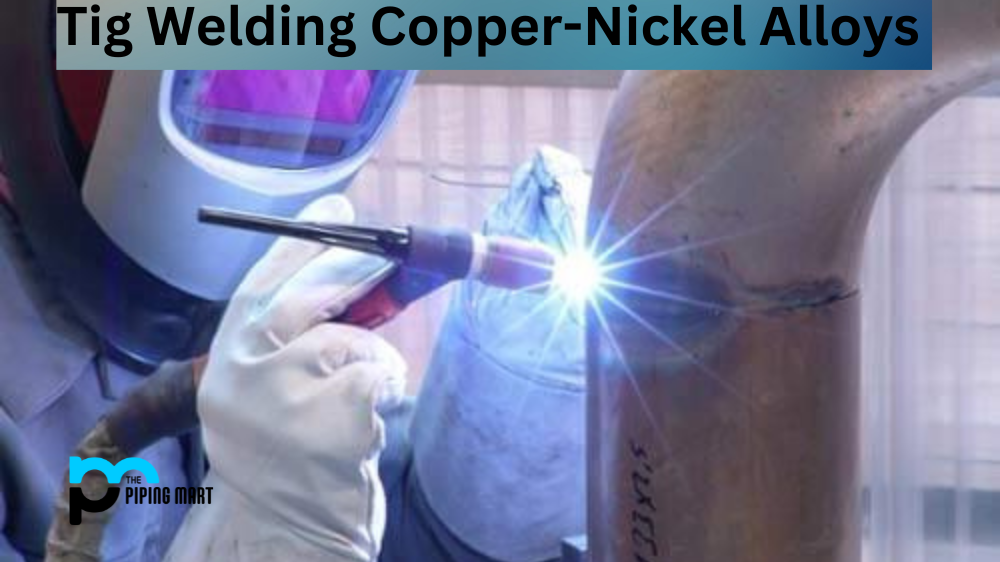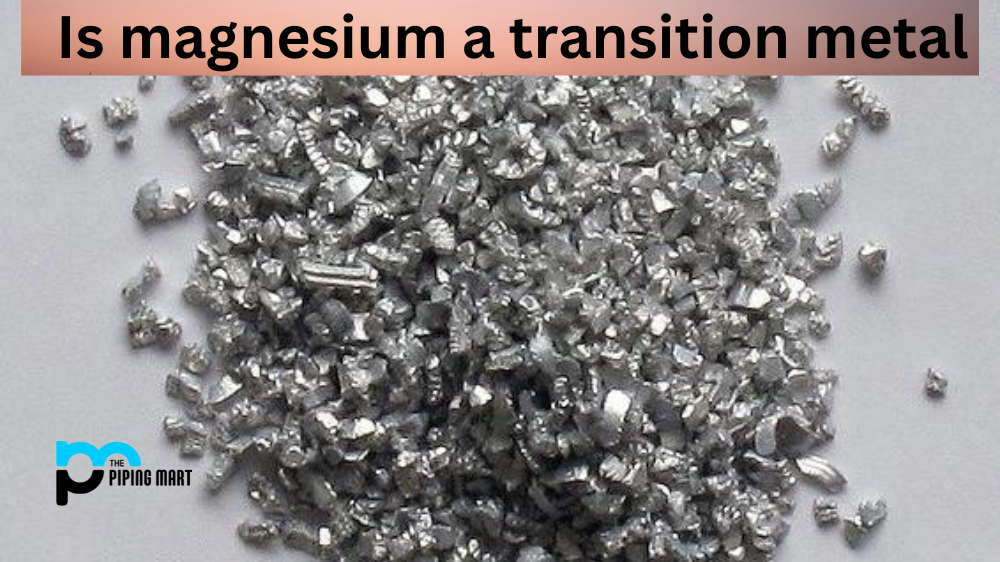Tig welding copper and nickel is a great way to create strong, reliable welds. It is a process that requires precision and knowledge of the right techniques. This guide will teach you all about tig welding copper-nickel alloys, including the necessary tools, safety precautions, and tips for getting the most out of your project.
Welding Tools and Materials
The materials needed for tig welding copper-nickel alloys are relatively simple to acquire. You will need a tungsten electrode (usually thoriated or lanthanum oxide), filler rod (typically ERNiCrMo3 or ERNiCu7), argon shielding gas, and a power source with adjustable current settings. You should also make sure to have the appropriate safety equipment—gloves, goggles, masks—as well as extra electrodes in case of breakage during the welding process.
Safety Precautions
When working with any type of metal alloy, there are some basic safety precautions that must be taken before beginning the job. Make sure you are wearing protective clothing such as gloves and goggles; this will prevent any possible injuries from hot sparks or flying debris. Be sure to properly secure all pieces of equipment prior to starting your work, as well as have an emergency plan in place should an accident occur. Additionally, always use proper ventilation when welding indoors.
Tips for Successful TIG Welding Copper-Nickel Alloys
TIG welding copper-nickel alloys requires precision and skill in order to achieve success. To ensure you get the best results possible with your project, here are a few key tips: Ensure your power source is set correctly according to the thickness of the material being welded; start off with low amperage settings until you become more familiar with how it works; choose the right filler rod for your particular application; keep your arc length consistent throughout; ensure your shielding gas has enough pressure; move slowly but steadily while keeping an even speed throughout; when finished let cool naturally before handling it; double check for any signs of porosity or other potential defects before moving on to next step.
Conclusion:
Overall, tig welding copper-nickel alloys can be quite rewarding if done correctly and safely. With attention paid to detail during each phase of the process—from gathering materials to setting up power sources—you can achieve quality results on every project you undertake. Following these guidelines will help ensure that you get excellent results each time! With patience and practice, you’ll soon be a master at tig welding copper-nickel alloys!

Pipingmart is a B2B portal that specializes in metal, industrial and piping items. Additionally, we share the latest information and information about materials, products and various types of grades to assist businesses that are involved in this business.




